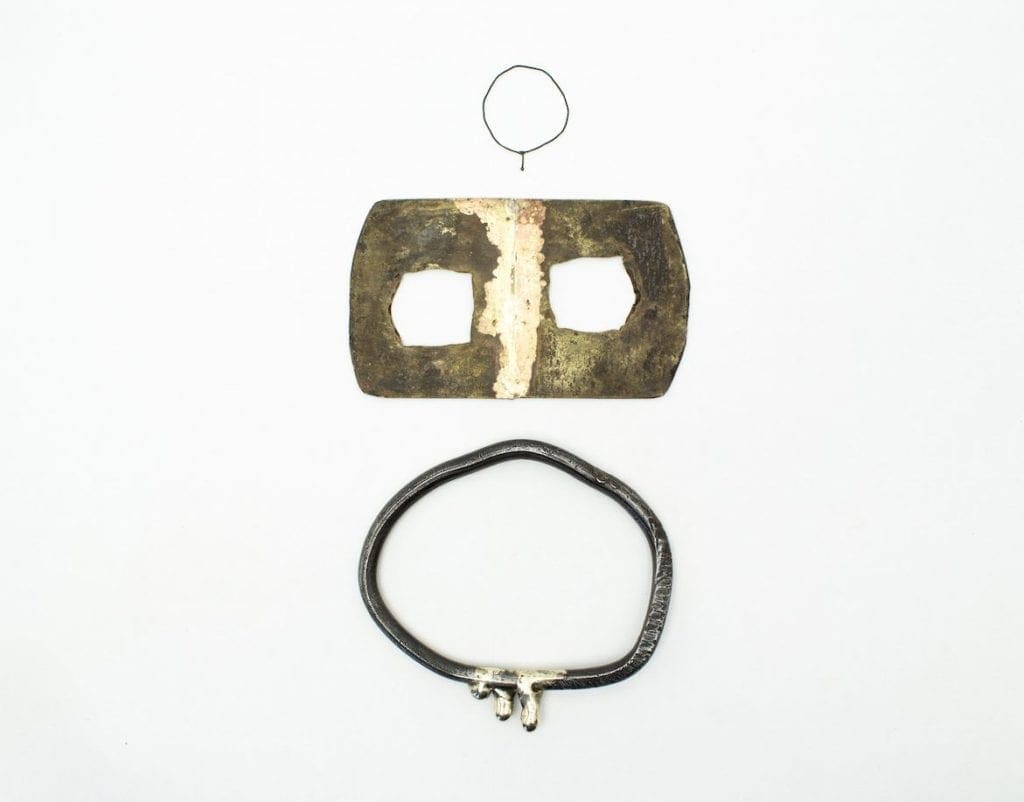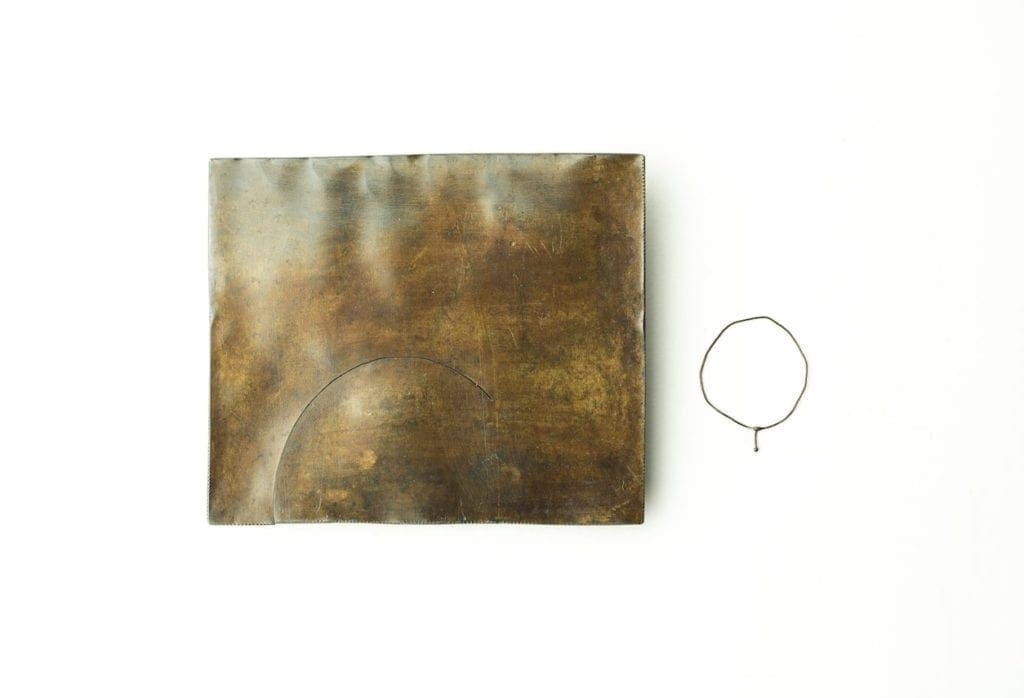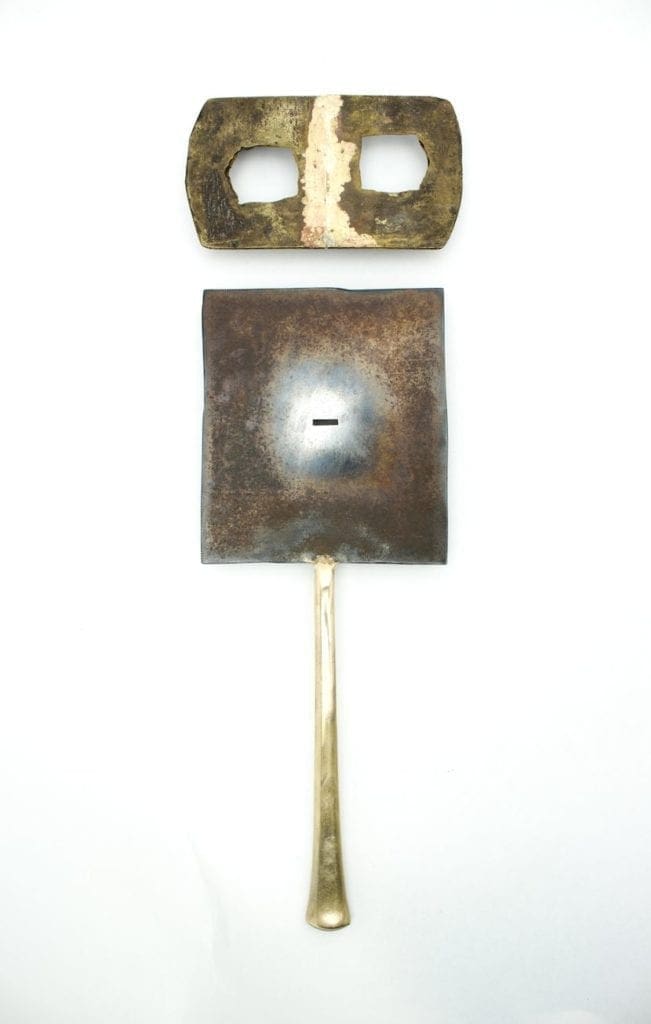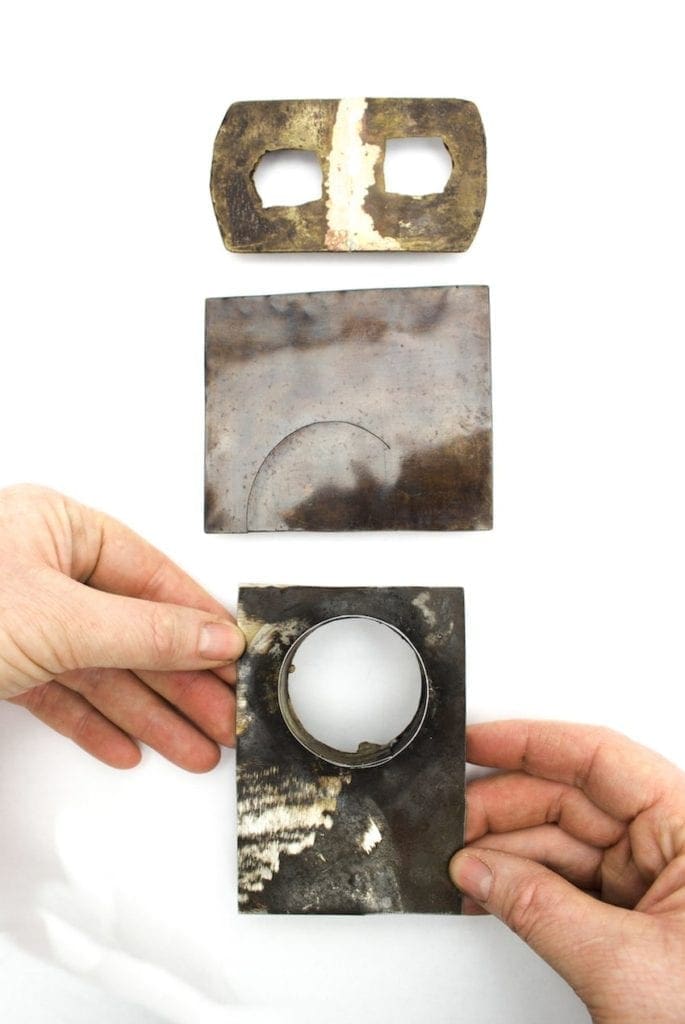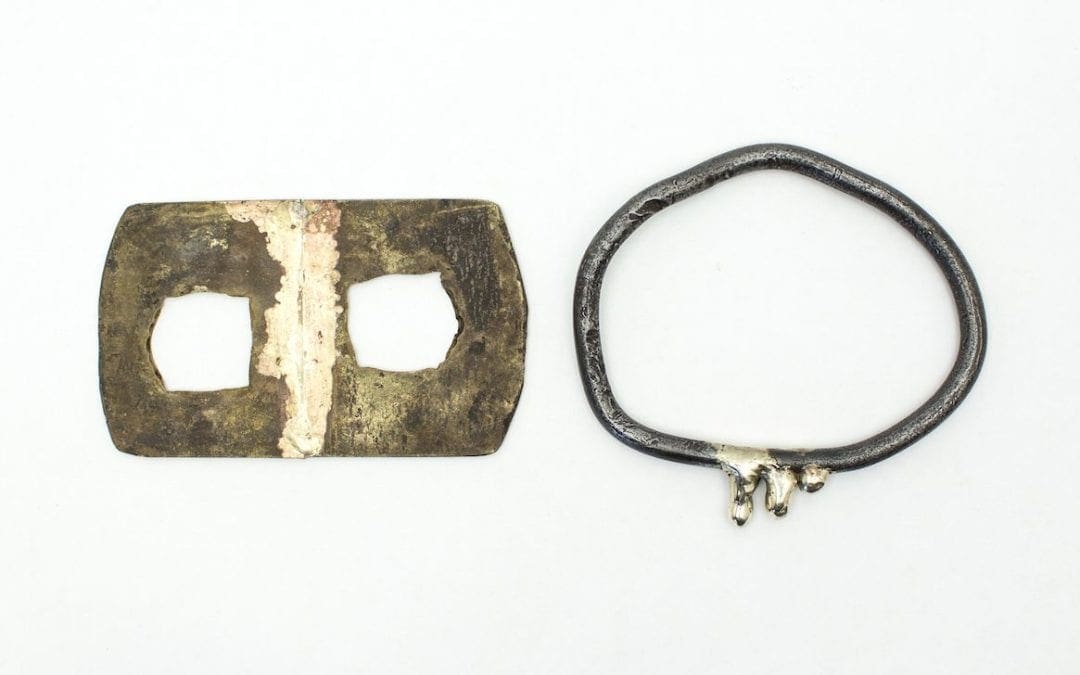Henry Moore, ‘The Sculptor Speaks’, in Listener, 18 August 1937, pp.338–40, in Henry Moore: Sculptural Process and Public Identity, Tate Research Publication, 2015, https://www.tate.org.uk/art/research-publications/henry-moore/henry-moore-the-sculptor-speaks-r1176118, accessed 10/7/19.
Holes draw the eye into the work, while for me they also act as eyes, as a comment on both looking and seeing and the possible disparities between the two. Another important element to the work is playing with the spatial arrangements and relationships between each piece so that the negative spaces created, add to the story of the work, just as individual words within a sentence construct a narrative or allow for conversation.
